Pears: great source of fiber and proof that eating fiber can be sweet and good looking!You know you need enough fiber. To feel full, eat less, and lose weight. To stay regular and maybe prevent colon cancer. To lower your cholesterol. To control your blood sugar or prevent diabetes.
Great. The cereal bars and high-fiber yogurt you bought last week will do the job.
Learn how to identify the REAL causes of your gut problems.
Or won’t they?
Let’s see what fiber is all about–will do my best to not get into too much chemistry. You’ve heard that there’s soluble and insoluble fiber. Is one better than the other? No. We need both for good health.
The soluble fiber forms a gel in the stomach. This gives the feeling of fullness, slows down the absorption of glucose, and decreases the amount of cholesterol absorbed. When soluble fiber goes to the colon, it is digested by good gut bacteria and short chain fatty acids are released. They inhibit our bodies from making cholesterol.
Insoluble fiber draws water to the colon. This helps with regularity and prevents constipation. The increased bulk dilutes carcinogens, acting as a barrier between them and normal healthy cells. This may prevent colon cancer.
Both types of fiber are mixed in vegetables and fruits. Whole wheat mainly contains insoluble fiber.
Where does that leave high-fiber cereal bars, yogurt, cereals, ice cream, or V8? Where do products on supermarket shelves that claim to be “high-fiber” or provide “1/3 of your daily fiber needs” fit?
They cost more and we pay because we’re buying something healthy and good for us. Food companies are banking on that.
Many of these products are made with isolated fibers, such as inulin, matlodextrin, oat fiber, and polydextrose. Sure they occur naturally in food, but isolating and “stuffing” them in packaged products doesn’t always translate to better health. They don’t seem to lower cholesterol or blood sugar. And while oat or soy fiber may help with regularity, inulin and maltodextrin won’t. And more than 15 g of inulin or polydextrose a day can cause gas or diarrhea. Not fun.
My point is not that these foods are bad because we don’t know for sure how they help. But if all the fiber you get comes from a product “made in a plant instead of it being a plant”–the famous saying by Michael Pollan, then you might have to reconsider where your food dollars are going.
To make this post useful and practical, this is a list of wholesome foods that are high in fiber. They deserve the money and the effort. Women need 25 g fiber and men need 39 g. (List below adapted from Nutrition Action, August 2008 issue)
Fruits:
- 1 c blackberries: 8 g fiber
- 1 pear: 5 g fiber
- 1 apple or orange, 2 dried figs, or 2 kiwi fruits: 4 g fiber
- 5 dried apricots, 1 banana, 1/4 c raisins, 1 c blueberries/strawberries, 5 prunes, or 1 c prune juice: 3 g fiber
Vegetables:
- 1/2 c peas: 5 g fiber
- 1 sweet potato with skins, 2 raw carrots, 1 c corn, or 1 c cooked Brussels sprouts: 4 g fiber
- 1/2 c broccoli, 2/3 c green beans, 1 raw green pepper, 1 potato with skin, or 1 c cauliflower: 3 g fiber
Grains/ Bread/ Pasta:
- 3/4 c bulgur, 2 slices whole wheat bread, or 1 c whole wheat pasta: : 6 g fiber
- 3/4 c brown rice, 3 c air-popped popcorn, 1 c regular pasta, or 6 Triscuits: 3 g fiber
Beans (1/2 c):
- Black beans or split peas: 8 g fiber
- Kidney beans or lentils: 7 g fiber
- Chickpeas or pinto beans: 6 g fiber
Cereals:
- 1/2 c Kellogg’s All-Bran, Original, 10 g fiber
- 1-1/4 c Post Shredded Wheat ‘n Bran, 8 g fiber
- 1 c Kellogg’s Raisin Bran, or 1/2 c Post Grape-Nut: 7 g fiber
- 2 biscuits Post Shredded Wheat: 6 g fiber
- 2/3 c Post Bran Flakes: 5 g fiber
You might be interested in:

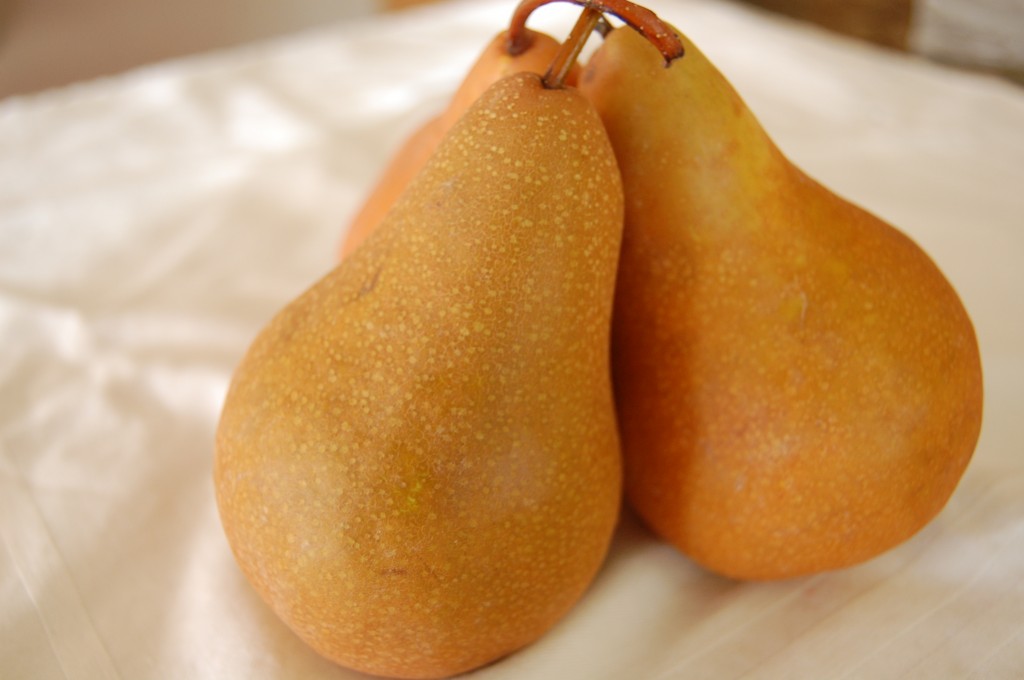
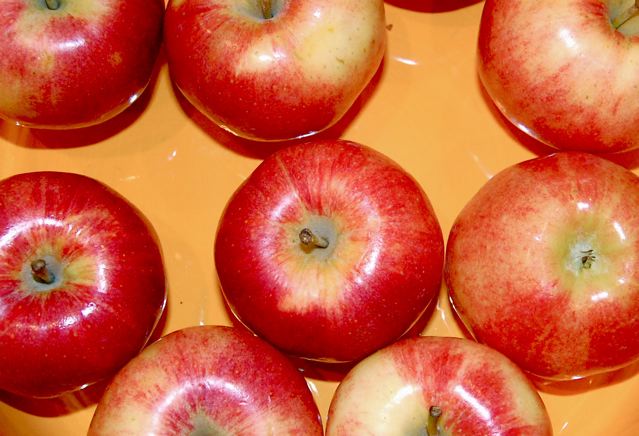
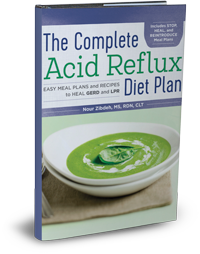
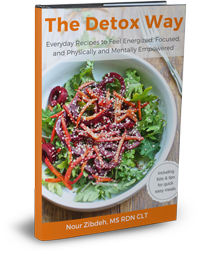

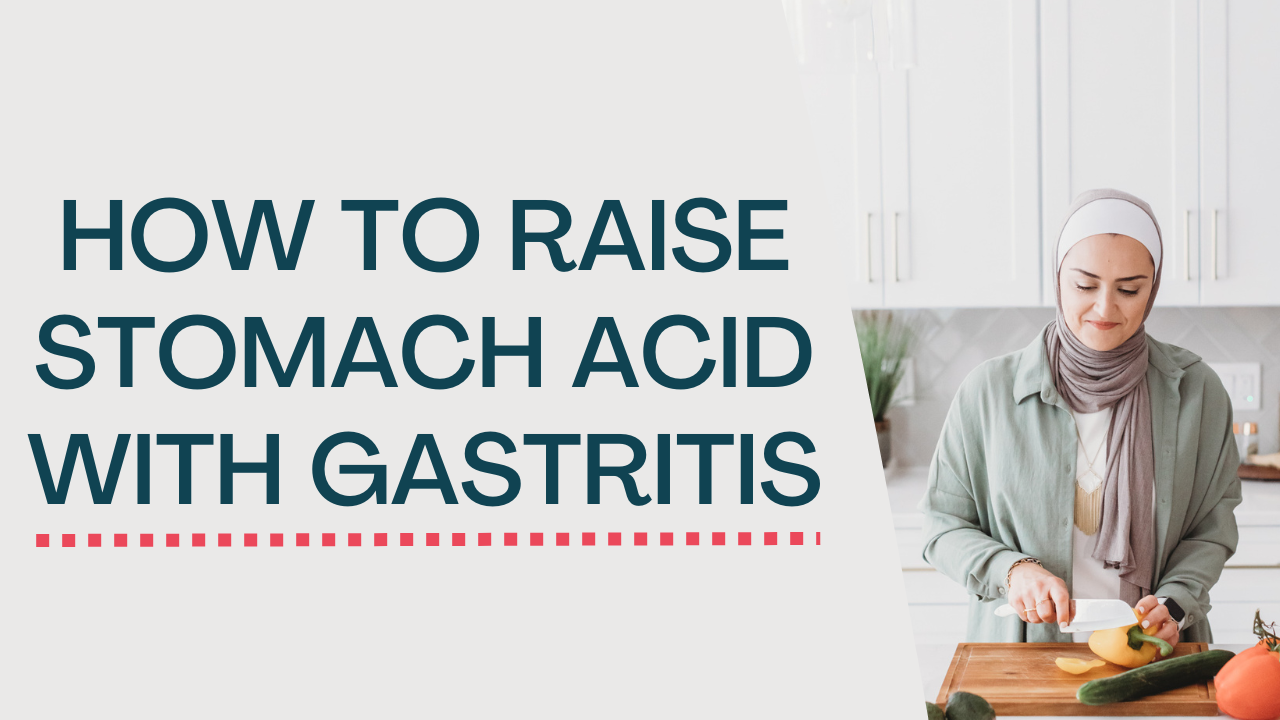
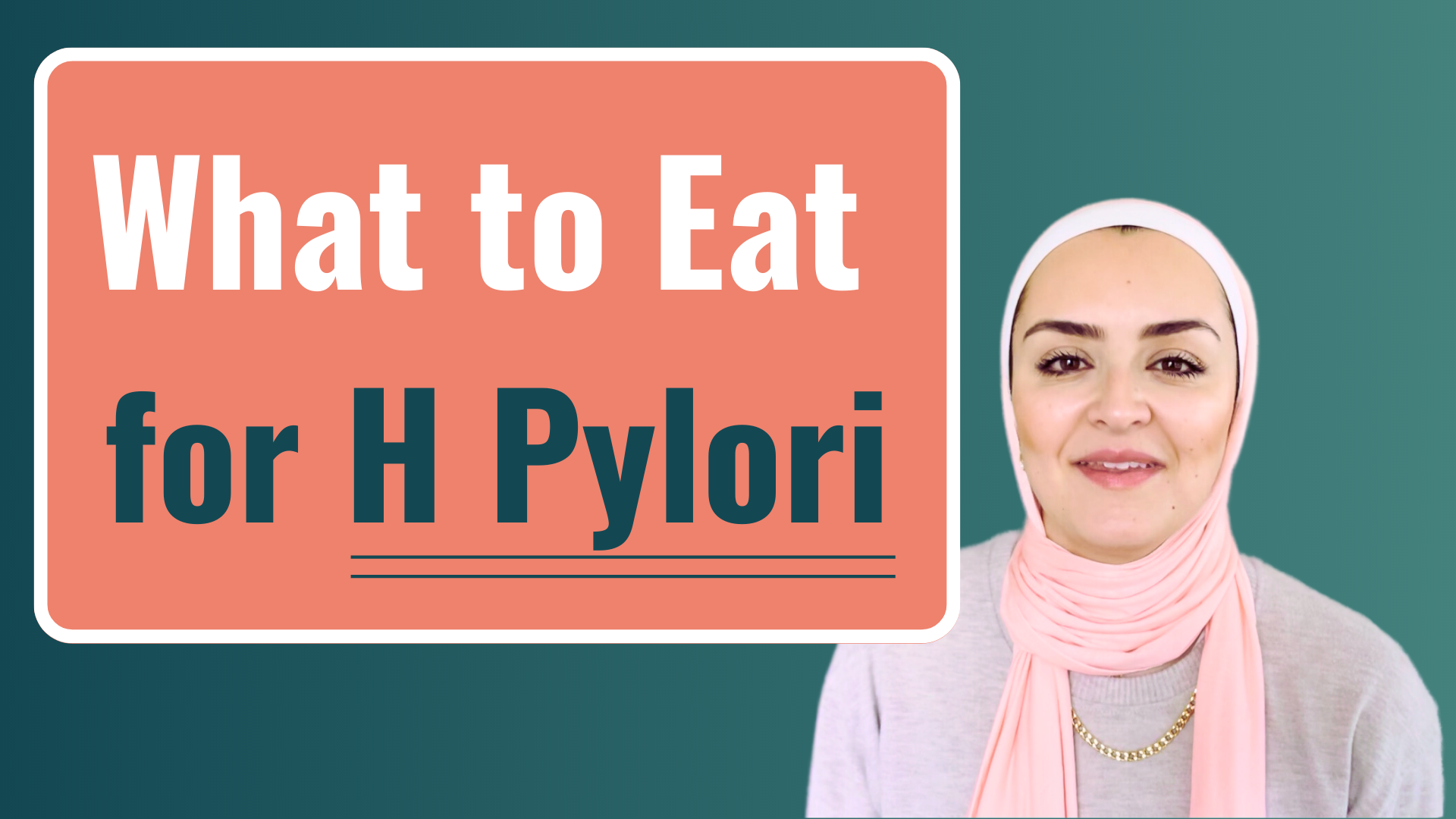
7 thoughts on “Fibered-up Food Products: Friends or Foes?”
I’ve always wondered about added fiber in food as well as fiber supplements. Thanks for the info!
And I totally agree with your comment about Friday Nights.
Great post! So many of my patients want to eat 2 Fiber One bars a day (all inulin) and call it a day. It’s hard to simplify what we do and don’t know about fiber and how to fulfill our daily needs from a variety of foods each day!
Thanks Crystal. I’m glad you the info answered your questions.
Nicole: that was exactly my point. We don’t know how much these foods help, so we need to get fiber from real wholesome foods. Feel free to share/use the info with your patients if you need to.
yep always better to get from real foods
Thank you so much for pointing out what I knew instinctively and from plain old common sense! You can recreate nature and you can’t market your artificial stuff and call it nature. That’s b…
Thanks Rebecca and Joumana for your comments. The problem is, there’s no real definition of “natural”
I listed the grams so that people can see they can get fiber from real food, if not every day, at least most days…
Pingback: Q&A: Can I Treat Constipation through Food and Diet? : Practical Nutrition
Comments are closed.